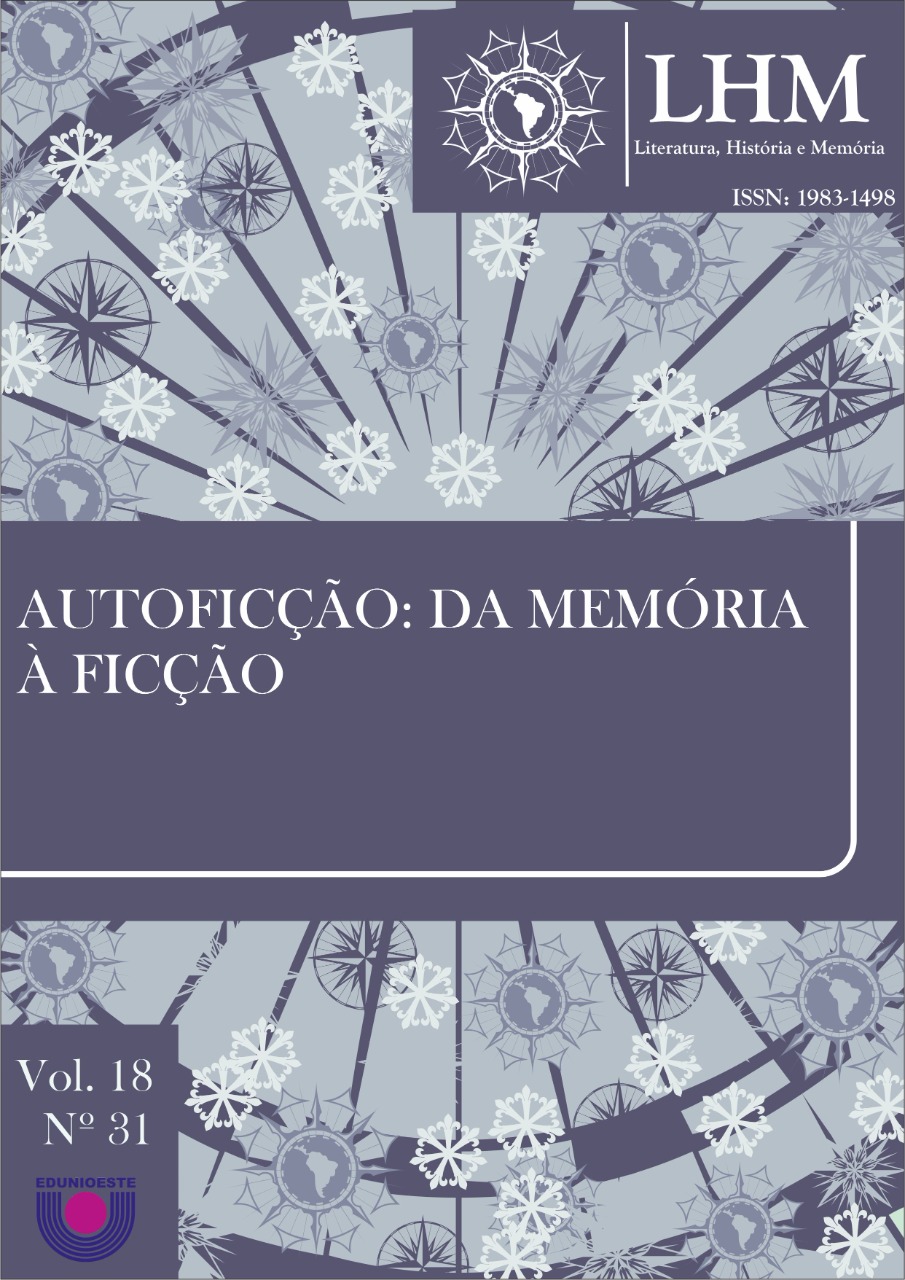Narrativas da infância
espaço e tempo em Os da minha rua de Ondjaki
DOI:
https://doi.org/10.48075/rlhm.v18i31.28865Resumo
O presente artigo, no âmbito da literatura infantojuvenil africana de língua portuguesa, com base, sobretudo, em Os da minha rua (2007), tem como objetivo analisar de que maneira a obra de Ondjaki contribui para ampliar o corpus das histórias escritas em e sobre Luanda, amplificando outras vozes para a ressignificação do passado e trazer para o presente uma percepção ampliada de sua sociedade. A partir da importância de diversos fatores, no que diz respeito ao contar histórias, para que elas possam criar imagens que fujam aos estereótipos, e tomando por empréstimo a colocação de Adichie em O perigo de uma história única (2018) este artigo se apresenta dividido em duas partes: Quem conta e como conta; e Quando (Onde) conta. Na primeira parte, a autoficção como estratégia do autor será analisada, a obra traz à cena narrativa a figura autoral, narrador-personagem- infante, assim como a memória do autor onde se configura o autoficcional explorado como estratégia da narração. Na segunda parte, o artigo abordará as questões relacionadas à infância e suas estratégias para significar o mundo ao seu redor. O olhar infantil ajuda a compreender Os da minha rua como um cronotopo, em que espaço e tempo são indissociáveis para a experiência infantil, além de descrever uma análise das relações entre o espaço de Luanda e o tempo da infância, localizando a obra no contexto contemporâneo.
Downloads
Publicado
Como Citar
Edição
Seção
Licença

Este trabalho está licenciado sob uma licença Creative Commons Attribution-NonCommercial-ShareAlike 4.0 International License.
Aviso de Direito Autoral Creative Commons
Política para Periódicos de Acesso Livre
Autores que publicam nesta revista concordam com os seguintes termos:
1. Autores mantém os direitos autorais e concedem à revista o direito de primeira publicação, com o trabalho simultaneamente licenciado sob a Licença Creative Commons Attribution que permite o compartilhamento do trabalho com reconhecimento da autoria e publicação inicial nesta revista.2. Autores têm autorização para assumir contratos adicionais separadamente, para distribuição não-exclusiva da versão do trabalho publicada nesta revista (ex.: publicar em repositório institucional ou como capítulo de livro), com reconhecimento de autoria e publicação inicial nesta revista.
3. Autores têm permissão e são estimulados a publicar e distribuir seu trabalho online (ex.: em repositórios institucionais ou na sua página pessoal) a qualquer ponto antes ou durante o processo editorial, já que isso pode gerar alterações produtivas, bem como aumentar o impacto e a citação do trabalho publicado (Veja O Efeito do Acesso Livre).
Licença Creative Commons
Esta obra está licenciada com uma Licença Creative Commons Atribuição-NãoComercial-CompartilhaIgual 4.0 Internacional, o que permite compartilhar, copiar, distribuir, exibir, reproduzir, a totalidade ou partes desde que não tenha objetivo comercial e sejam citados os autores e a fonte.


